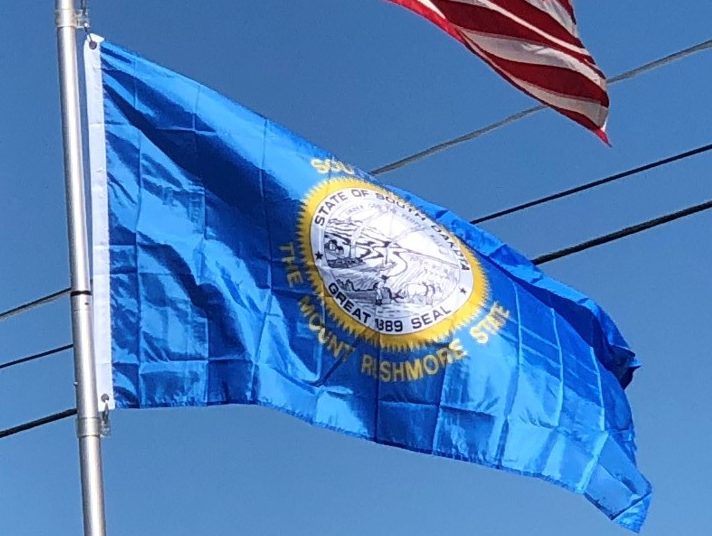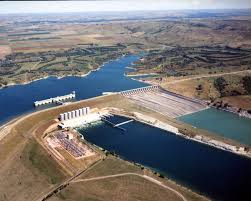
In recent decades, South Dakota has been transformed from a state dominated by agriculture to one with a more diversified economy. The tourism industry has grown considerably since the completion of the interstate system in the 1960s, with the Black Hills becoming more important as a destination. The financial service industry began to grow in the state as well, with Citibank moving its credit card operations from New York to Sioux Falls in 1981, a move that has been followed by several other financial companies. South Dakota was the first state to eliminate caps on interest rates.
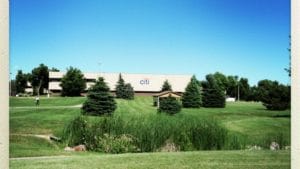
In 2007, the site of the recently closed Homestake gold mine near Lead was chosen as the location of a new underground research facility, the Deep Underground Science and Engineering Laboratory.
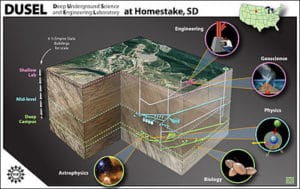
Despite a growing state population and recent economic development, many rural areas have been struggling over the past 50 years with locally declining populations and the emigration of educated young adults to larger South Dakota cities, such as Rapid City or Sioux Falls, or to other states. Mechanization and consolidation of agriculture has contributed greatly to the declining number of smaller family farms and the resulting economic and demographic challenges facing rural towns.
Economy:
The service industry is the largest economic contributor in South Dakota. This sector includes the retail, finance, and health care industries. Citibank, which was the largest bank holding company in the United States at one time, established national banking operations in South Dakota in 1981 to take advantage of favorable banking regulations. Government spending is another important segment of the state’s economy, providing over ten percent of the gross state product. Ellsworth Air Force Base, near Rapid City, is the second-largest single employer in the state.
Agriculture has historically been a key component of the South Dakota economy.
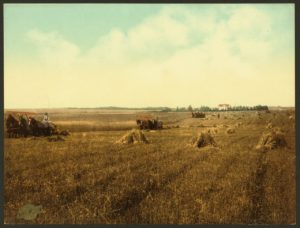
Although other industries have expanded rapidly in recent decades, agricultural production is still very important to the state’s economy, especially in rural areas. The five most valuable agricultural products in South Dakota are cattle, corn (maize), soybeans, wheat, and hogs. Agriculture-related industries such as meat packing and ethanol production also have a considerable economic impact on the state.
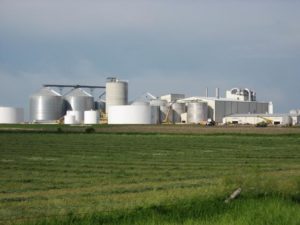
South Dakota is the sixth leading ethanol-producing state in the nation.
Another important sector in South Dakota’s economy is tourism. Many travel to view the attractions of the state, particularly those in the Black Hills region, such as historic Deadwood, Mount Rushmore, and the nearby state and national parks.

One of the largest tourist events in the state is the annual Sturgis Motorcycle Rally. The five-day event drew over 739,000 attendees in 2015; significant considering the state has a total population of 850,000. In 2006, tourism provided an estimated 33,000 jobs in the state and contributed over two billion dollars to the economy of South Dakota.
Transportation:
Two major interstates pass through South Dakota: Interstate 90, which runs east and west through the southern half of the state; and Interstate 29, running north and south in the eastern portion of the state. The I-29 corridor features generally higher rates of population and economic growth than areas in eastern South Dakota further from the interstate.
